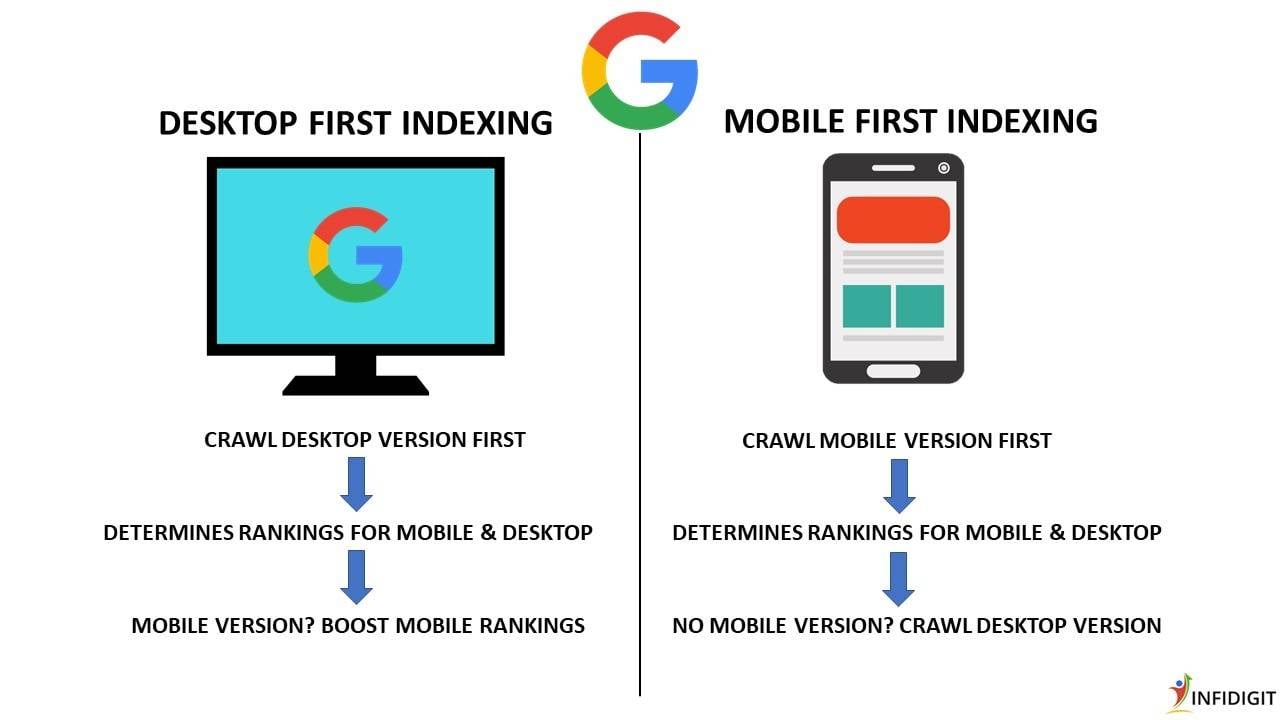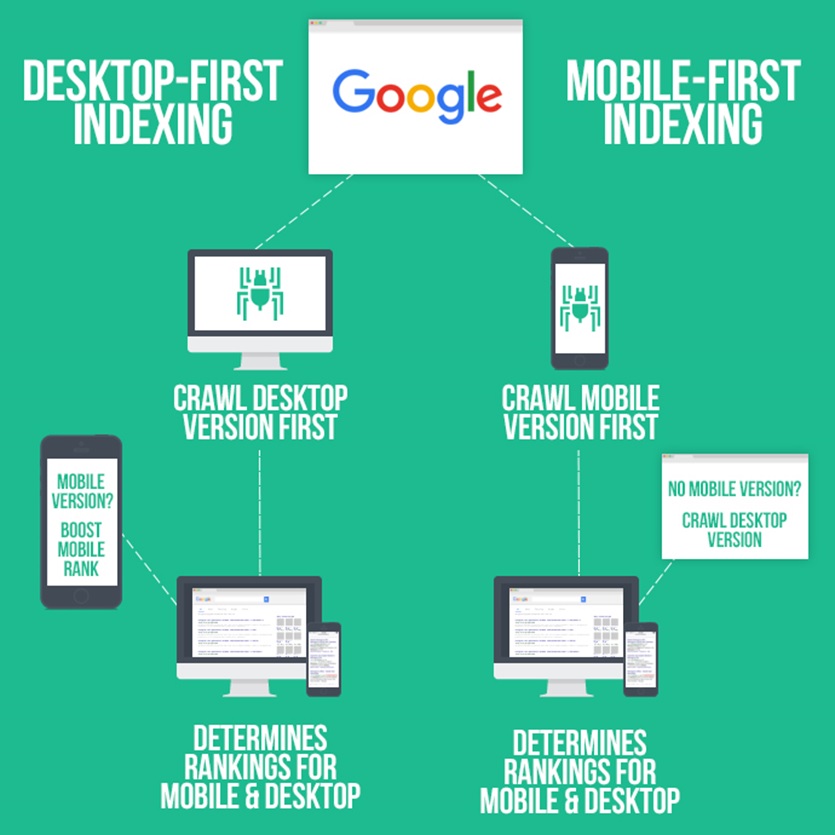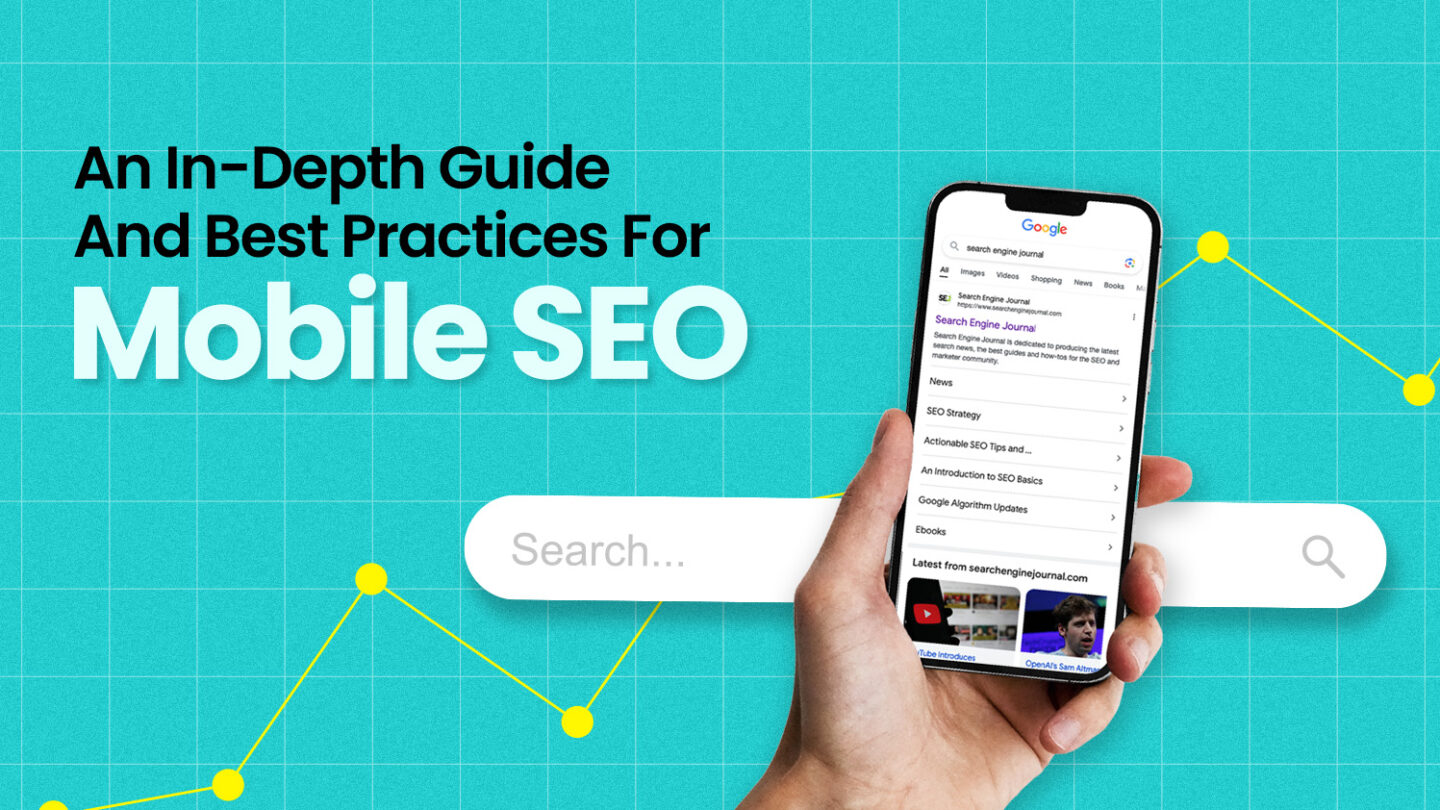SEO best practices for mobile-first indexing and optimization focus on ensuring your website’s mobile version is fully functional, fast, and content-rich, as Google primarily uses the mobile version for indexing and ranking.
Key best practices include:
-
Responsive Design
Use responsive web design to ensure your site adapts seamlessly to all screen sizes and devices. This approach improves user experience by eliminating the need for zooming or horizontal scrolling and aligns with Google’s preference for mobile-first indexing. Responsive design also simplifies site management by maintaining a single codebase for all devices. -
Content Parity Between Mobile and Desktop
Ensure that important content, metadata, structured data, and internal links are consistent across mobile and desktop versions. Google indexes the mobile version, so any critical content missing on mobile can hurt rankings. However, content hidden behind tabs or accordions on mobile is now treated equally if it improves UX. -
Optimize Site Speed and Core Web Vitals
Mobile page speed is a direct ranking factor. Improve loading times by compressing images, enabling lazy loading, reducing JavaScript, and using caching. Focus on Core Web Vitals metrics for mobile:- Largest Contentful Paint (LCP) for loading speed
- Interaction to Next Paint (INP) for responsiveness
- Cumulative Layout Shift (CLS) for visual stability
Tools like Google PageSpeed Insights and Lighthouse can help identify issues.
-
Mobile-Friendly User Experience (UX)
Design navigation to be simple and intuitive with touch-friendly buttons and links. Avoid intrusive interstitials (pop-ups) that disrupt mobile usability. Use readable font sizes and ensure images and text are easy to consume on small screens. -
Technical SEO Checks for Mobile
Regularly test your site for mobile SEO issues using tools like Site Audit. Check for crawl errors, broken links, and mobile usability problems. Monitor your rankings specifically on mobile devices to track performance. -
Avoid Separate Mobile Sites Unless Necessary
While Google can index separate mobile URLs (m-dot sites), responsive design is preferred because it ensures uniform content and easier maintenance. -
Optimize for Mobile Search Results
Tailor meta titles, descriptions, and structured data for mobile search snippets to improve click-through rates. Ensure your site is discoverable and performs well in mobile SERPs.
In summary, prioritize responsive design, maintain content parity, enhance mobile speed and UX, and perform regular technical audits to align with Google’s mobile-first indexing and improve SEO performance.




















WebSeoSG offers the highest quality website traffic services in Singapore. We provide a variety of traffic services for our clients, including website traffic, desktop traffic, mobile traffic, Google traffic, search traffic, eCommerce traffic, YouTube traffic, and TikTok traffic. Our website boasts a 100% customer satisfaction rate, so you can confidently purchase large amounts of SEO traffic online. For just 40 SGD per month, you can immediately increase website traffic, improve SEO performance, and boost sales!
Having trouble choosing a traffic package? Contact us, and our staff will assist you.
Free consultation